Super Netball powerbrokers on expansion, talent and big issues facing sport in Australia
From the fight for talent, to questions over expansion, and the league’s role in producing Diamonds, EMMA GREENWOOD uncovers the big issues facing Super Netball.
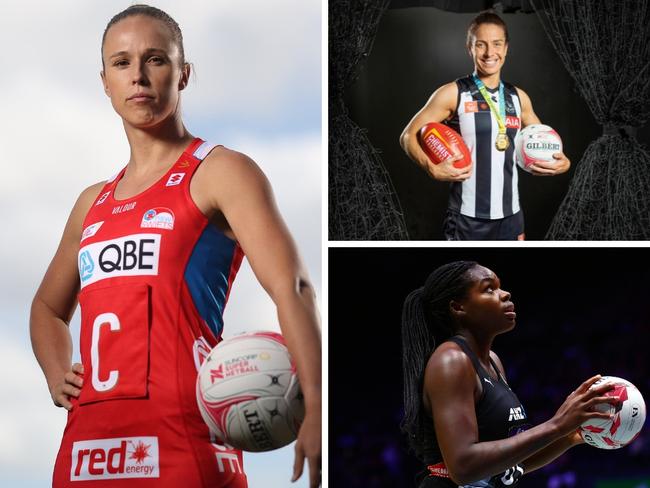
Netball
Don't miss out on the headlines from Netball. Followed categories will be added to My News.
Netball Australia is racing the clock in a bid to ensure Super Netball remains a product attractive enough to draw a serious offer for the next round of broadcast rights.
A CODE Sports investigation shows Super Netball’s drive to remain the best competition in the world could be coming at the expense of domestic development.
Growth of the league through expansion and a boosted rights deal is shaping as key to retaining local talent and warding off the challenges that will come from domestic competitors like the AFLW and NRLW.
Super Netball’s broadcast deal with Fox Sports, worth an estimated $60-$80 million over five years, does not expire until the end of the 2027 season.
But the only women’s league in Australia getting paid a rights fee for its content has to continue to build its audience if it is to attract the type of investment that will allow growth.
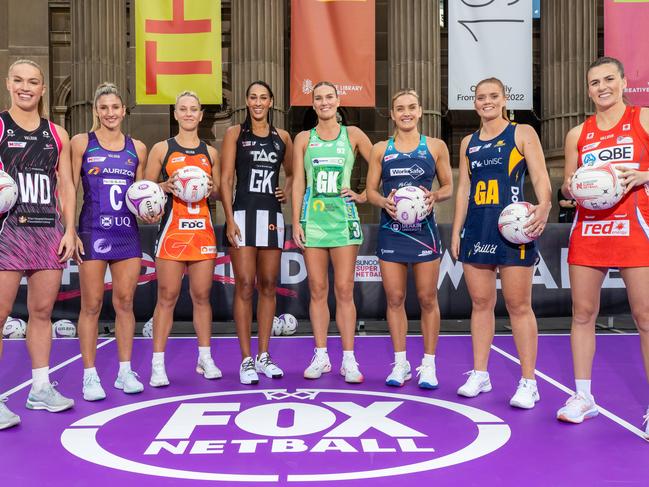
As netball’s new administration calls in consultants to help prepare a strategic plan for the next decade in tandem with driving Super Netball growth through its Super Netball 2.0 project, one source said building the broadcast audience had to be the main priority for the sport.
The window of opportunity for women’s sport will not remain open endlessly and unless an audience is fostered and bolstered quickly, an improved broadcast deal or the environment for expansion may not exist.
“It is not too late, but it’s nearly too late,” one source, who spoke on the condition of anonymity, said of the five minutes to midnight scenario.
GROWTH CRUCIAL
A CODE Sports investigation showed almost 20 per cent of full-time contract holders were on court for less than five hours across the entire season.
More than half of those were on court for less than four hours.
While there are a few exceptions, including Trinidad and Tobago goaler Samantha Wallace-Joseph, who was axed by the Swifts halfway through the season and South African shooter Rolene Streutker, who is also playing internationally with the Proteas, the remainder are Australian athletes who train year-round for little on-court return.
With just 14 games in a four-month competition window, the 47 athletes who are not either internationals or Diamonds players are working year round to battle for scraps in the best league in the world.
Their number includes Diamonds training invitee Lucy Austin, who played an average of just under 10 minutes per match for the title-winning Adelaide Thunderbirds.
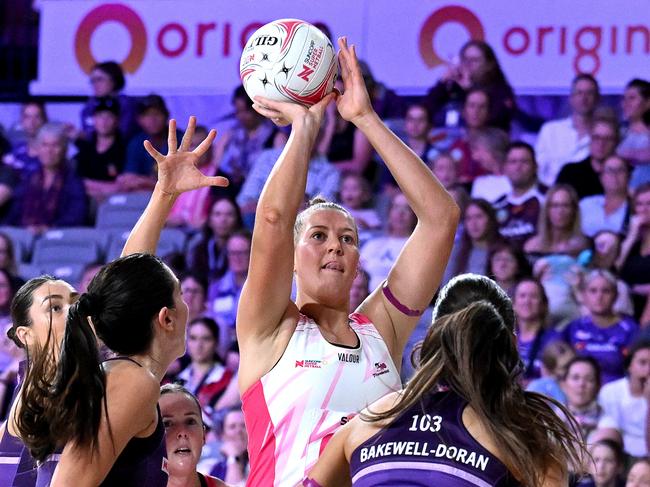
As Netball Australia (NA) engages sports executive and former Cricket Australia broadcast and commercial boss Stephanie Beltrame to lead its Super Netball 2.0 project - engaging the game’s stakeholders to help devise a growth strategy for the competition - the dire need for expansion can be seen across the game.
Players and clubs, both those run by NA member organisations and privately owned, are calling for more opportunities to play, while arguably the largest cohort of professionals in history has headed offshore to explore chances in New Zealand and England given the lack of contract spots in Australia.
Working alongside sports and entertainment specialists Gemba, NA is developing a strategic plan for the next 10 years.
But chief executive Stacey West said Super Netball was separated from the mix for Beltrame’s project, to ensure there was a “really focused attention” on the elite competition which enters its ninth season next year and will finish its first decade in 2026, coinciding with the end of the next broadcast agreement.
“We’ve been engaging really closely and consulting with all of our member organisations.
“We’ve also been talking with the team owners that don’t have a member organisation affiliation; we’ve been engaging with athletes, with the ANPA (Australian Netball Players Association), with all of our commercial partners, with all our broadcast partners,” West said of around 40 consultations Beltrame has had with various stakeholder groups ahead of delivering a preliminary report in December.
“So this has been a massive stakeholder piece of work.”
Given that work is not yet complete, West will not pre-empt the findings except to say that “what’s been really clear is we are all united that … Super Netball continues to thrive and grow unconditionally”.
What exactly that growth looks like though, West won’t commit to - yet.
“We’re considering all the options. We’ve got to rely on strong data … and really thorough analysis to help guide our decision making,” she said.
FUTURE OF NETBALL SERIES
PART 1: ‘Nearly too late’: Ticking time bomb facing Super Netball
PART 2: Players want to play’: Super Netball confronts huge dilemma
OPPORTUNITY AT A PREMIUM
Just 80 full-time playing contracts are available in Super Netball after eight seasons, the same number as in the competition’s foundation year in 2017.
And with no restrictions on imports, just 66 of those went to Australians last season with another four internationals who saw Super Netball minutes filling training partner, temporary replacement player and nominated athlete roles.
That number will increase again in 2025, with four new internationals - New Zealand’s Grace Nweke and Gina Crampton, Uganda’s Mary Cholhok and England’s Imogen Allison - joining the league on full-time contracts.
Their addition highlights both the diversity and quality of talent on show in Super Netball, as well as the quandary for administrators in ensuring there is a pathway to the top for Australia’s developing talent.
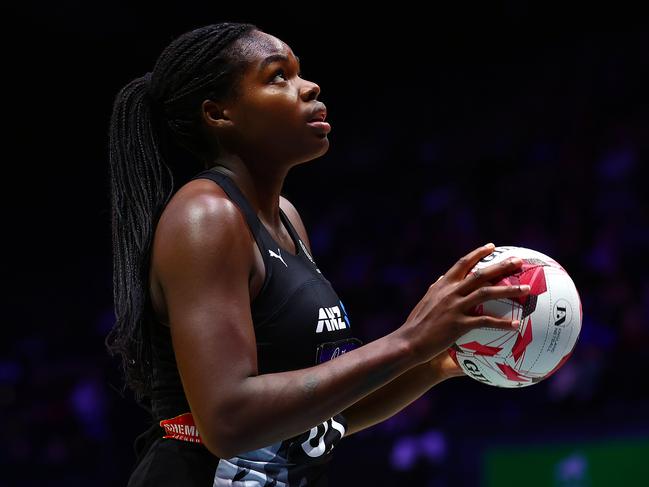
Australian Netball Players Association (ANPA) chief executive Kathryn Harby-Williams said athletes were craving on-court opportunities.
“From a players’ perspective, they would always want more games, more opportunities, more teams and to be playing in the best league in the world,” Harby-Williams said.
The overwhelming opinion of chief executives who spoke with CODE Sports was that Super Netball must maintain its position as that league.
“It is the best league in the world, and it should absolutely aim to remain there, is my view,” said Netball South Australia CEO and Adelaide Thunderbirds boss Bronwyn Klei.
“It’s a shop front window. It’s going to attract fans, consumers, members.
“We want little girls and boys to want to play netball and create role models. This competition does all of that, and we should celebrate it and protect it.”
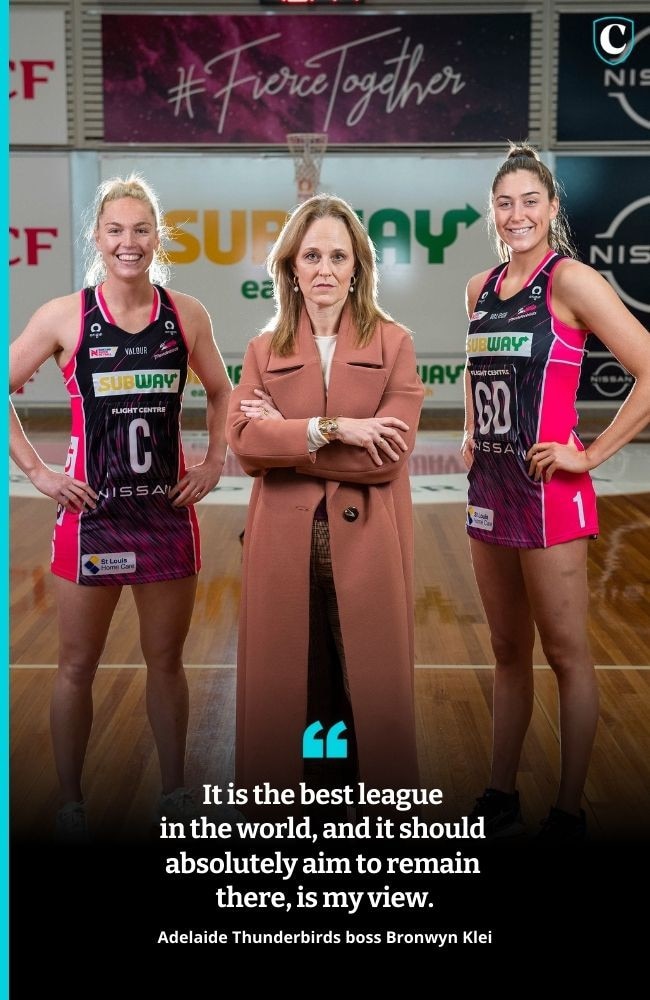
The competition’s newest club agrees absolutely with that.
Craig Hutchison, whose Sports Entertainment Network (SEN) won the licence for Super Netball’s eighth team after the collapse of Collingwood last year, said the competition’s position as the best in the world was its selling point.
“We feel it’s the best competition in the world, and we’d like to see it continue to grow and be the very best shining light competition,” Hutchison said.
“It’s an honour for Australia, being a global sport that has the best league in the world based here, and the best athletes in the world can stay here, and the best athletes from around the world can come here.
“We think it’s quite unique in global sport … as opposed to say, some other sports where they need to go and play in Europe or the US to play the elites.
“We think this competition can go to the next level. We want to be part of that as a business and help it.”
FIGHTING FOR ITS PLACE
Opportunities need to be developed quickly though.
Netball once used to rule the roost in the women’s professional sporting landscape.
The advent of Super Netball made players the best-paid athletes in any professional women’s sport in Australia, leading the way in both pay and off-court provisions such as maternity leave and medical cover.
Cricket has long since left netball in its wake as a pay leader though and the continued rise of the football codes, scaffolded by huge broadcast deals secured for the men’s competitions, mean netball is in a fight for both talent and a place in the sun.
Having the best competition in the world is one thing but if players feel gaining a contract is unattainable, they’ll look elsewhere.
The threat posed by the football codes - and AFLW in particular given the fitness base and knee conditioning netballers already possess - is significant.
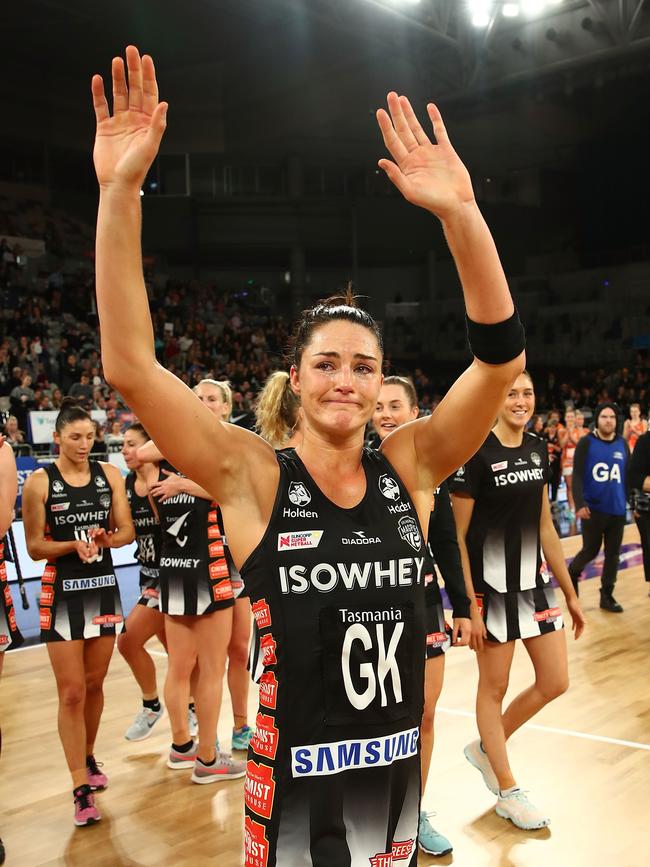
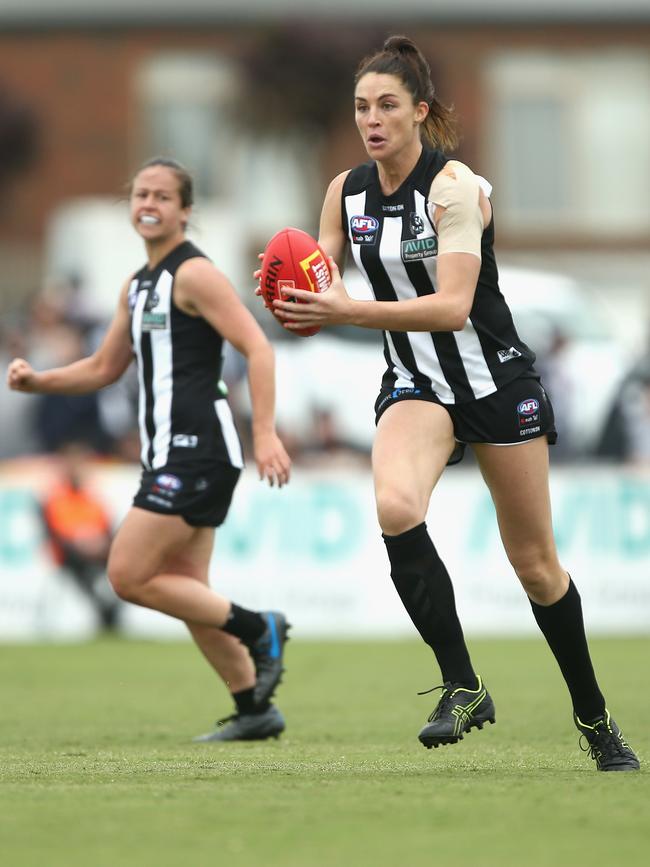
Several sources spoken to for this story were able to point to specific cases of rising pathway players who were choosing footy over netball given the chances of gaining a professional deal in a league that already supports more than 500 players and is bullish about growing women’s pay over the next few years.
“The tension that we’re trying to solve in our sport is providing more opportunities for people to get on an SSN (Super Netball) court, because at the moment, there’s the contracted 10 and that’s it,” Netball Queensland CEO Kate Davies said.
“Unless (a player is) injured, no one else can get on the court, unlike premier rugby, premier cricket, if someone’s scoring centuries in premier cricket, the coach of the (Queensland) Bulls can go: ‘Thanks, you’re going to come and play in a Shield game’, same with premier rugby (and Super Rugby outfit the Queensland Reds).”
While just 80 players held full-time contracts for 2024 - a number which does not count Mavericks players Sasha Glasgow and Lauren Moore, who sustained season-ending injuries ahead of round 1 - 105 athletes suited up for at least one Super Netball match this year.
But the 25 players outside of the full-time contracted group played just 27 hours between them over the entire season.
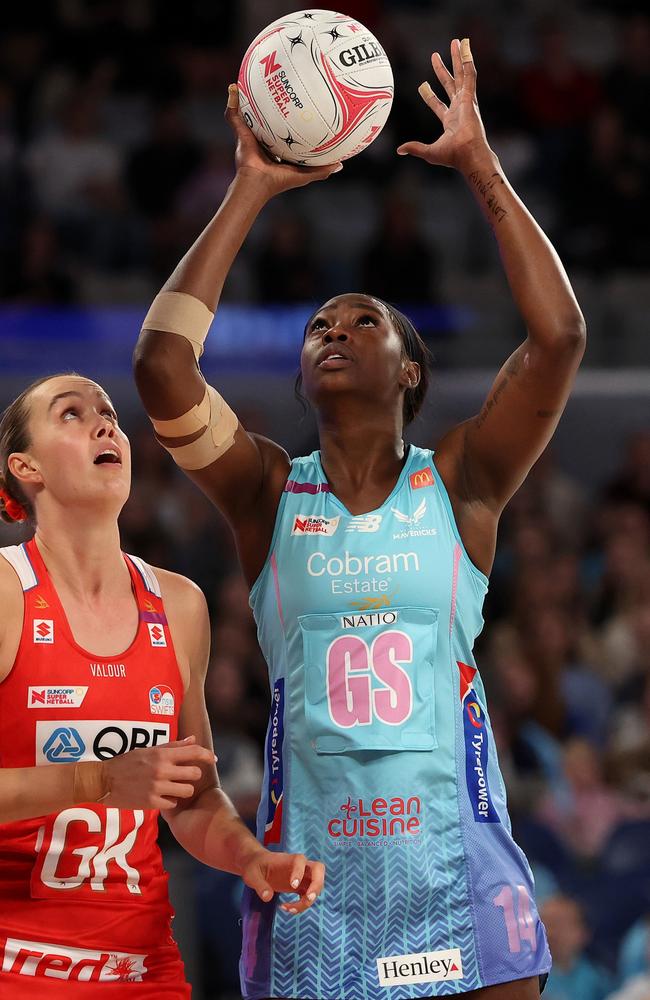
Take out Mavericks’ 11th player Shimona Jok - a Jamaican international who the club, legally, but perhaps outside of the spirit of the rule installed as their nominated athlete last season - and that total drops to just under 16.5 hours, or an average of about 40 minutes per player.
That cohort also includes temporary replacement players Chelsea Pitman, a former Diamonds and England Roses international (256 minutes), Uneeq Palavi (168), who played for Tonga at the last World Cup and former Silver Ferns defender Ellie Temu (150) who stepped in for injured Swifts goalkeeper Teigan O’Shannassy in the opening five rounds.
AUSSIE PLAYERS LEAVING
It’s no wonder then that pathway players are finding it difficult to break into the competition - or leaving Aussie shores in search of an opportunity.
Twelve Aussie players will line up in either New Zealand’s ANZ Premiership or England’s Super League, 13 if you count Aussie-raised Martina Salmon, who came through the Australian pathway before returning across the Tasman in 2022 and being named in the Silver Ferns development squad earlier this year.
The highest-profile is Diamonds goaler Donnell Wallam, who signed for the Auckland-based Mystics after the defending champs lost Grace Nweke, who will play Super Netball next year with the Swifts.
Wallam’s exit, which comes after the Queensland Firebirds signed Ugandan star Mary Cholhok, puts a microscope on Super Netball’s unlimited import rules, especially after the Diamonds’ recent Constellation Cup loss.
“Super Netball is the best competition in the world, you want the best players there,” Diamonds coach Stacey Marinkovich said.
“And our players are thriving because of it. But we also need to recognise that we do have a bottleneck of youth and we’ve got to work out, if we can’t get them on the SSN (Super Netball) court, what does that look like?”
Super Netball reserves, which made its debut in 2024, will return again next season, adding home and away opportunities for the next layer of players.
With England Netball touting their revamped Super League 2.0 though and its ultimate goal of becoming the most professional competition in the sport, Australia needs to come up with solutions if it is to maintain the best league in the world.
More Coverage
Originally published as Super Netball powerbrokers on expansion, talent and big issues facing sport in Australia




